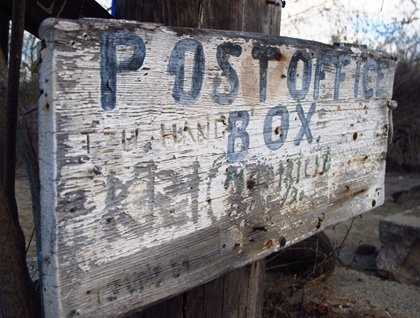We are now well into the cool season in the Galápagos Islands; early this morning the National Geographic Endeavour had already dropped anchor at Punta Cormorant, in the north of Floreana. This was the first island ever inhabited in the Enchanted Isles, mainly because humans were able to find fresh water here. Punta Cormorant is a little peninsula formed by a small tuff cone and this was to be our pre-breakfast exploration. Behind the landing beach there is a brackish lagoon, which is the home to some greater flamingos. A few of them were there on the distant shore, their bright pink colors shining in the morning sunshine. The trail brought us to a white coralline beach; this is a favorite nesting spot for the Eastern Pacific green sea turtles. There were several fresh turtle tracks marked on the sand, a proof that female sea turtles continue nesting on this beach. A few magnificent frigates patrolled the sand dunes hoping to catch a turtle hatching, and in the distance several blue-footed boobies dived in order to catch their morning meal.
Not far from Punta Cormorant lies Champion Islet. This former crater is full of life: various species of sea birds inhabit it, as well as land birds and a small colony of Galápagos sea lions. Their young were particularly curious about our fearless snorkelers who ventured into the ocean today. The schools of fish were spectacular; the area is a scuba dive site so the underwater world is known to be quite rich. Some of our guests preferred to explore the waters from our glass-bottomed boat; they could not have chosen a better day as the sea was quite clear. They were able to observe parrot fishes, razor surgeon and king angel fishes, damsel fish and even the odd sea lion that swam under the boat. A short Zodiac ride was due after all the water activities, as we were set to find one of the most endangered species of the Galápagos Islands: the Floreana mockingbirds. They are protected here in this isolated islet offshore.
By the afternoon, we had already repositioned in nearby Post Office Bay. In 1835, a young English naturalist named Charles Darwin landed at this very same beach. Behind it, we were to find today a relic of the past: famous Post Office barrel. This is a very old postal system first established here by Captain James Colnett, a whaler, back in 1793. After this short visit we had time to explore the nearby La Loberia, a set of small, rocky islets which are the habitat of various marine species. The wave action this afternoon was spectacular, but despite this we were able to find many sea turtles resting in the calm waters. Some of us were also able to see a school of black-spotted eagle rays… what a real treat! A short visit to the beach where our young explorers had a chance to run on the sand and ride the waves was the icing of the cake this afternoon. On board, there would be recaps and dinner and a well-earned rest… we shall be ready for new adventures on our next destination tomorrow: Santa Cruz Island.







